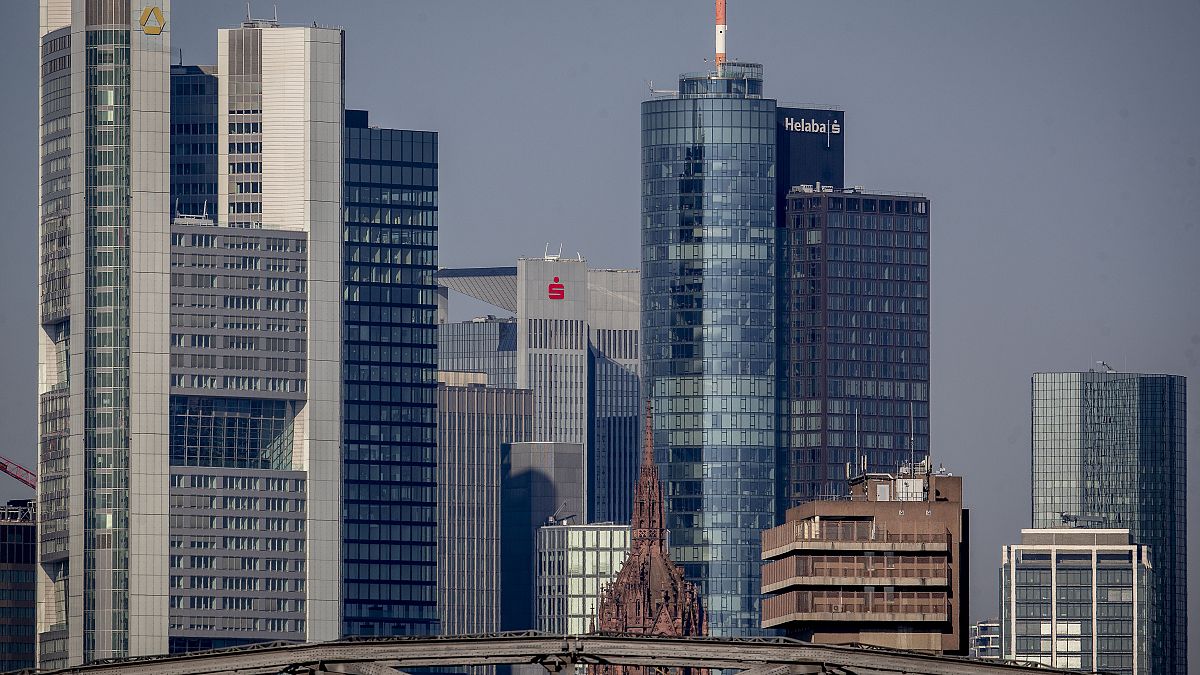In August 2024, Germany’s inflation rate fell to 1.9%, marking its lowest level since March 2021. This decline has raised expectations for potential interest rate cuts from the European Central Bank (ECB). Consequently, both the euro and Bund yields experienced a dip, while the DAX index soared to record highs.
The recent inflation figures signal a significant shift in Europe’s largest economy, driving down inflation concerns and indicating that interest rate cuts by the ECB may soon be on the horizon.
According to preliminary data released by the Federal Statistical Office, Germany’s annual inflation rate plummeted to 1.9% year-on-year in August, down from 2.3% in July and below the economists’ forecast of 2.1%. This reduction brings a sense of relief amidst fears of rising prices.
The August inflation count is notably the lowest annual increase in the consumer price index since March 2021, with a monthly contraction of 0.1%, the first decline since November 2023.
Declining Inflation Driven by Falling Energy Prices
Analyzing the data reveals that energy prices saw a significant contraction of 5.1% on an annual basis, while goods inflation fell from 0.9% to 0%. However, services inflation has remained consistent at 3.9% for four consecutive months.
Core inflation, which excludes volatile items like energy and food, decreased from 2.9% to 2.8% year-on-year, reaching its lowest mark since February 2022.
The harmonised index of consumer prices—critical for gauging inflation throughout the eurozone—declined from 2.6% year-on-year to 2% in August, also dropping below the anticipated rate of 2.3%. This signals the slowest annual price growth for harmonised goods and services in Germany since March 2021. Monthly, the harmonised index saw a contraction of 0.2%, mirroring a decline noted in January 2024.
Spain also reported an unexpected dip in inflation earlier on Thursday. The national consumer basket inflation slowed to 2.2% in August 2024, the lowest level since June 2023, down from 2.8% in July and below market expectations of 2.4%. Core CPI inflation in Spain also nudged down by one-tenth of a percentage point to 2.7% year-on-year. Falling fuel prices were identified as the primary contributor, with food and non-alcoholic beverage prices also playing a role in this downward movement.
Market Reactions to Germany’s Inflation Figures
Following the news, the euro dipped 0.4% to just below $1.11 against the dollar, extending its earlier losses after the release of U.S. GDP data. The currency had begun to weaken even before this news, reflecting expectations of lower-than-anticipated inflation rates in Germany and earlier reports from various German states.
The 10-year Bund yield fell by 2 basis points to 2.25%, while the yield on the 2-year Schatz decreased by 5 basis points to 2.34%. This decline underscores growing market anticipation of interest rate cuts from the European Central Bank.
The German DAX index maintained its upward trend, gaining 0.7% and achieving new all-time highs earlier in the day. Key contributors to these gains included Bayer, Sartorius, and Rheinmetall, which rose by 2.4%, 2.2%, and 2.1%, respectively.
Other European indices mirrored the DAX’s upward momentum, with the Euro Stoxx 50, a major European market benchmark, climbing by 0.8%.
Photo credit & article inspired by: Euronews



